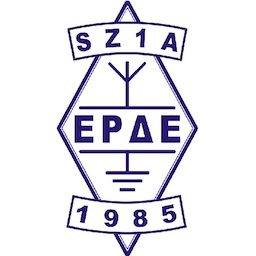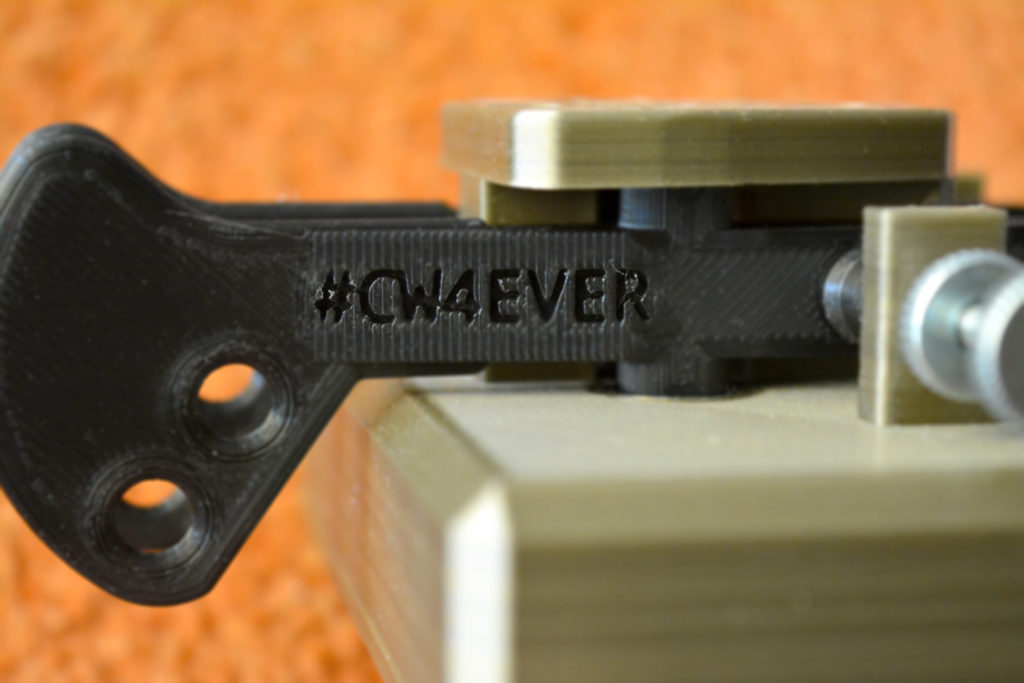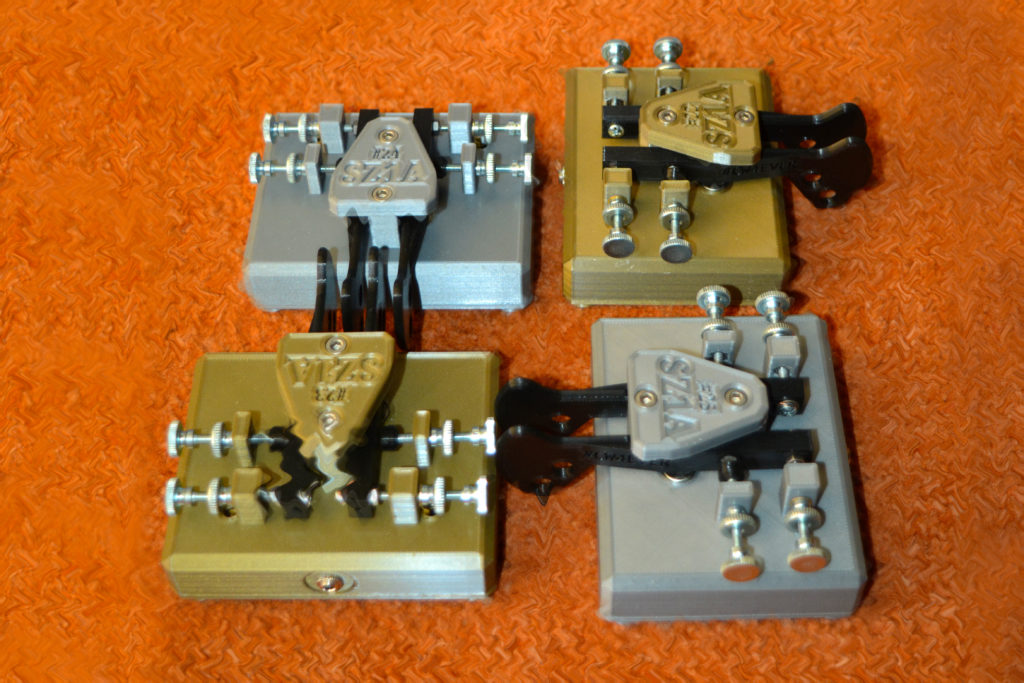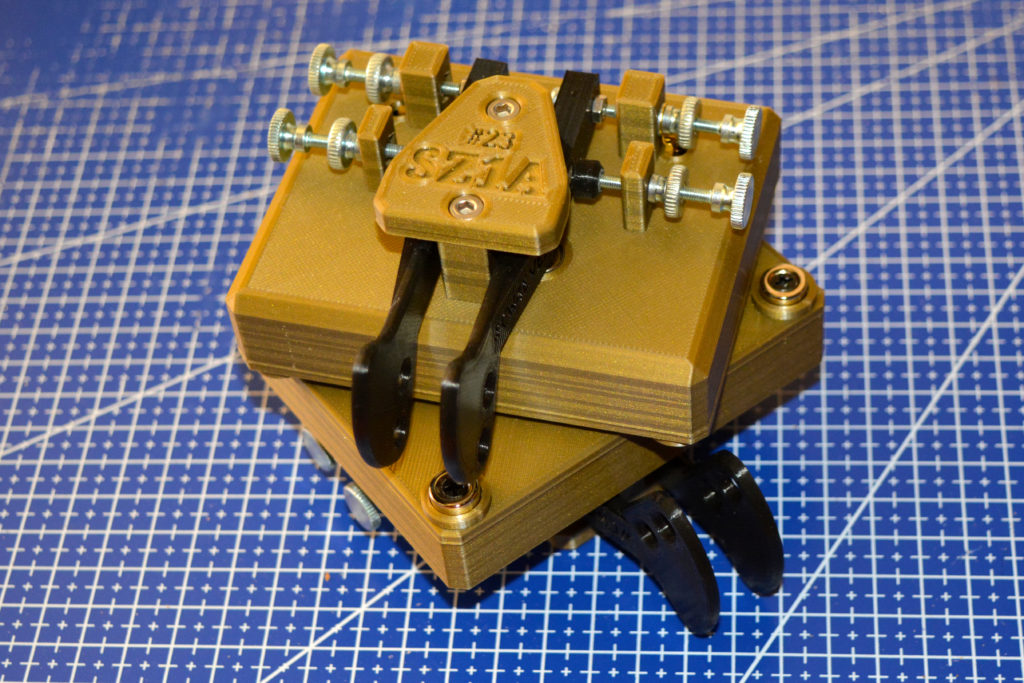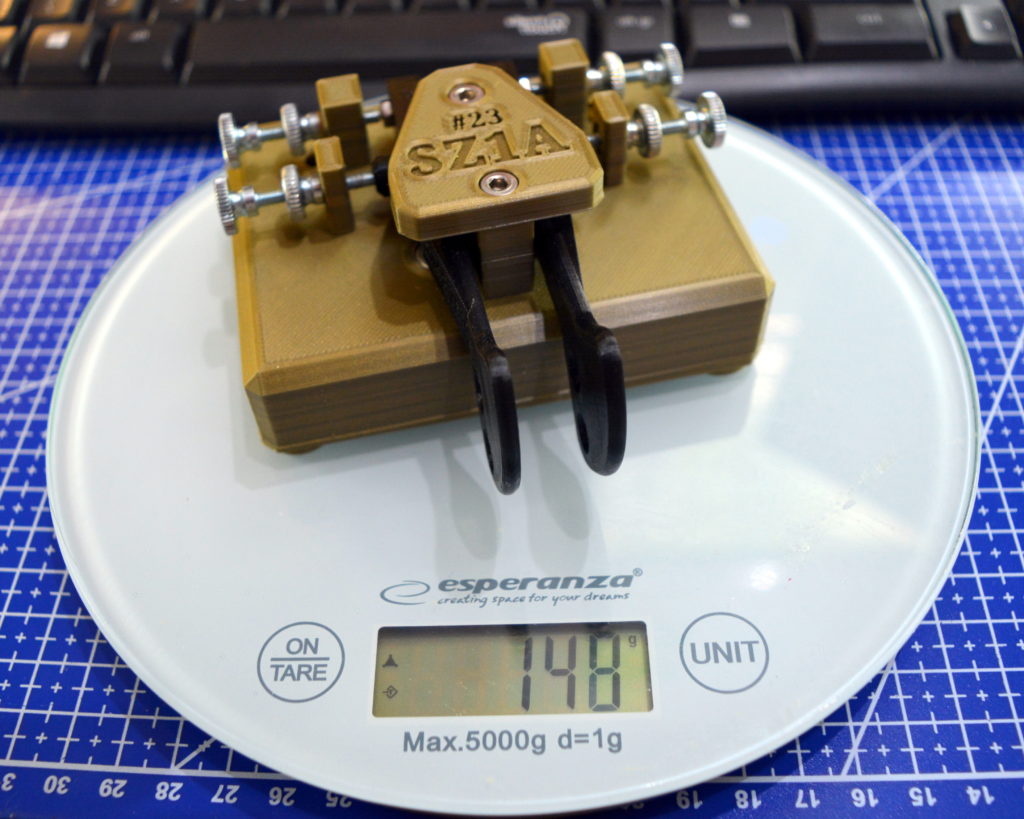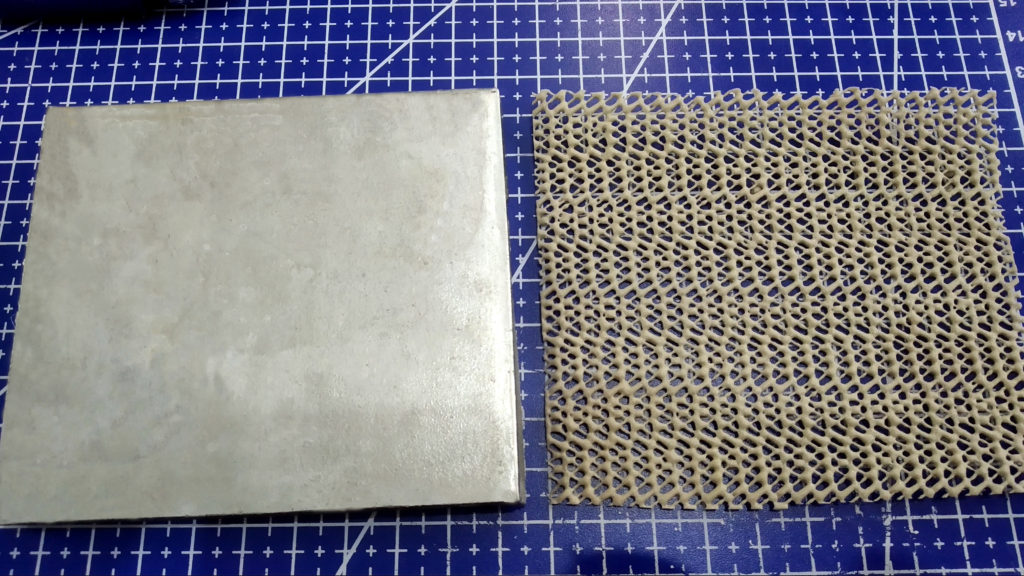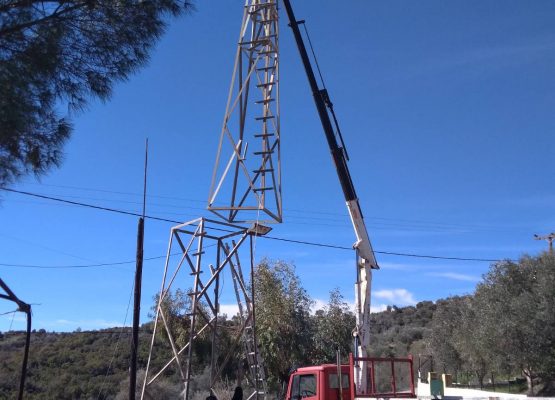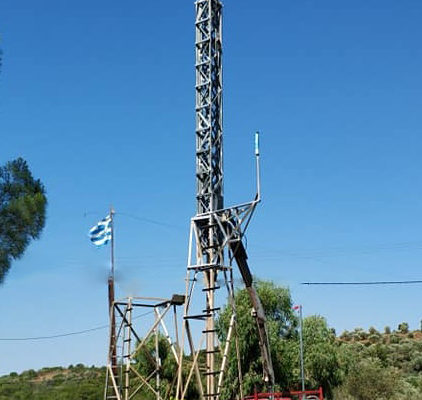One shortcoming we had at SZ1A was the lack of a dedicated CW Paddle “key” for every station operating position. Usually operators would bring their own. But we wanted to have our own “keys” in for the station, as a matter of honor! Most operators use the computer for the entire CW contest. However, everyone wants to feel the security of having a CW paddle key. Operators will often want to manually send something: for example a TU, or CFM, or even a couple of dots…without using the PC.
Unfortunately, CW keys / paddles are expensive. The cheapest will start at around €100 and at that price it often won’t be very good. Usually, more than €150 is needed to purchase something satisfactory. So far we have only owned one Bencher ΒΥ1, donated by Kostas SV1DPI and we definitely need more.
Recently, on the web one can find various designs of CW Paddles & Keys that can be… printed! 3D Printers have entered our lives for good. You might have already heard in the media that someone even printed a house! So why not a CW Paddle or Key? Due to the lack of a 3D printer but mainly because we wanted something tried and tested, we chose to buy a ready-made paddle.
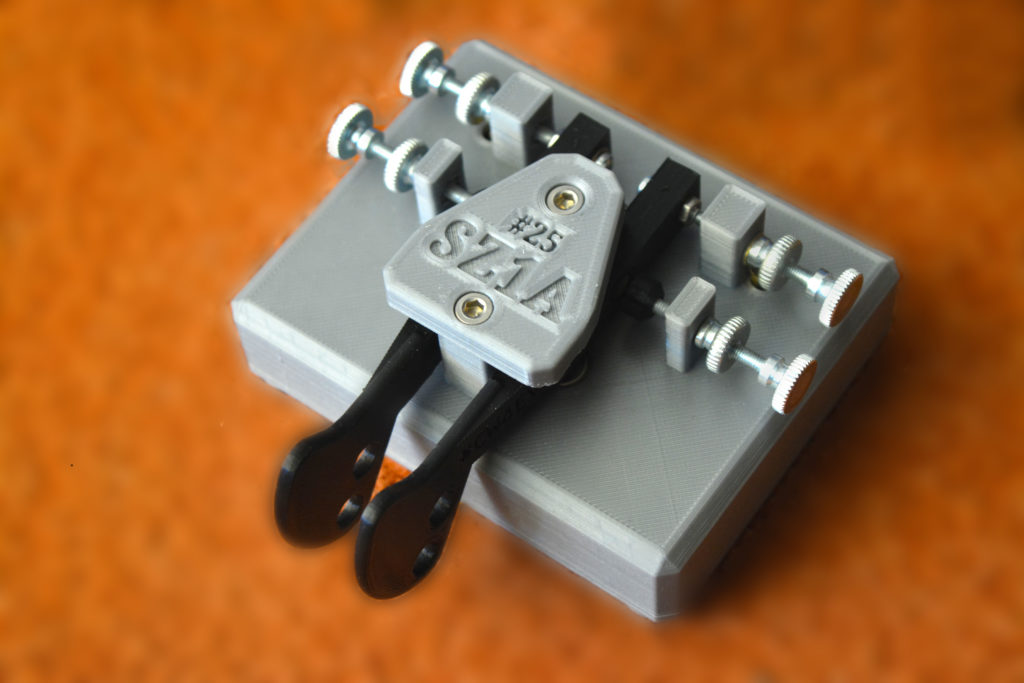
We ordered three to cover the fully equipped stations. The project was funded by Vassilis SV1BJW who made the required donation. Filipe offered a fourth CW paddle as a gift for SZ1A! We thank them both!
So we turned to CT1ILT (CR6K), a very good and well-known contest operator, who makes and sells CW keys printed on a 3D printer. Filipe sells these keys for just €50 each. We ordered three to cover the fully equipped stations. The project was funded by Vassilis SV1BJW who made the required donation. Filipe offered a fourth CW paddle as a gift for SZ1A! We thank them both!
About a month and a half after our order, the CW paddles arrived at the station. Before the order, we were worried if we made the right choice was. We were afraid that they might be a very cheap construction, therefore, of poor quality.
Would they handle contest conditions? Could someone key fast enough with them? Would they look good? or would they look like cheap plastic?
First of all, they are beautiful!
The colors were very nice! And the overall finish and their exterior was excellent. In fact, the colors chosen by Filipe made them look even better. They also have the station callsign engraved on them! Amazing! They definitely pass this test!
The biggest problem with Morse keys is that they have to be relatively heavy so that they do not move with the force exerted by the operator. A normal key’s weight is often from 1200 to 1500 grams! How much can a plastic counterpart be? We weighed them!
Here, friends, was the weak point: only 148 grams! Compared to the 1.5 kg that BY1 weighs, it was an issue. Of course, Filipe had warned us earlier that it is light and requires a metal surface to “stick” on. These keys have an innovative solution to the specific stability problem, they come with 4 neodymium magnets installed in its base. Therefore all you need is a metal surface to place them on to make them stable.
These keys have an inovative solution to the specific stability problem, they come with 4 neodymium magnets installed in its base. Therefore all you need is a metal surface to place them on to make them stable.
And now what;
We cut a galvanized metal plate 8 mm thick in the dimensions of the key, approximately 10×9 mm (cost of only €6 for all 4). At the same time, we bought some antislip PVC matting (just €1 for a large piece). By the way, PVC matting is perfect for all keys and stabilizes them very well.
We glued the PVC to the bottom of the metal plate, and the CW Paddle – Key sat on the top. The result was perfect! The controller is completely stable and clearly better than the BY1!
The key’s contacts can be easily adjusted, as well as the exerted force required by the operator. They use neodymium magnets and not on coil-spring returns. One thing that is missing is the cable, you’ll need to either make or buy it. This isn’t an issue since most keys are provided without a cable. These key’s have a standard 1/8″ female stereo plug that you can easily connect your cable to.
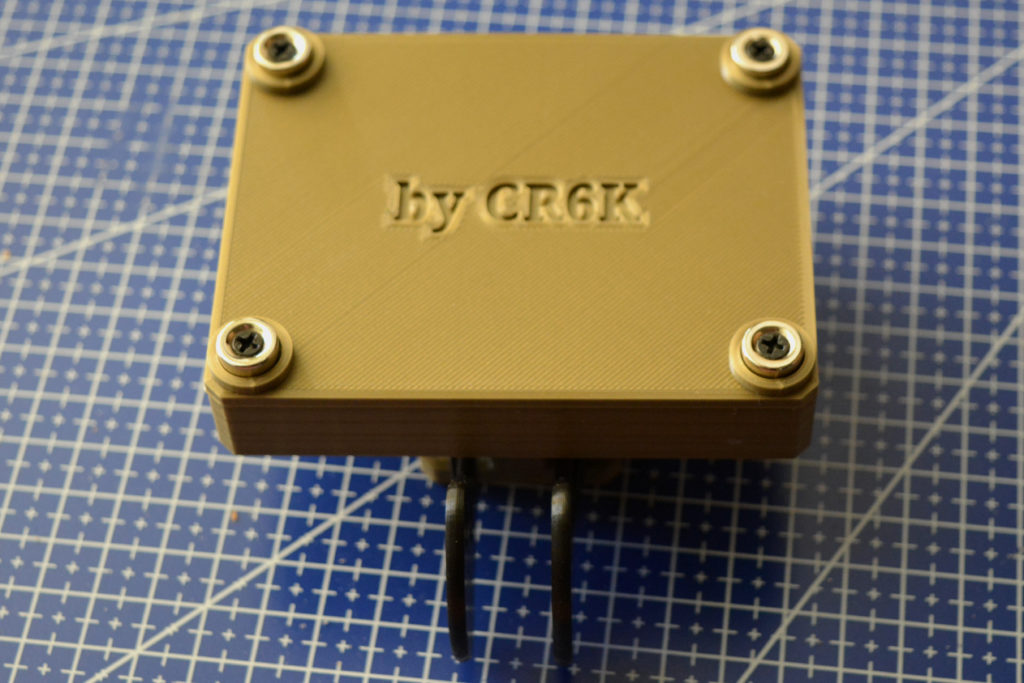
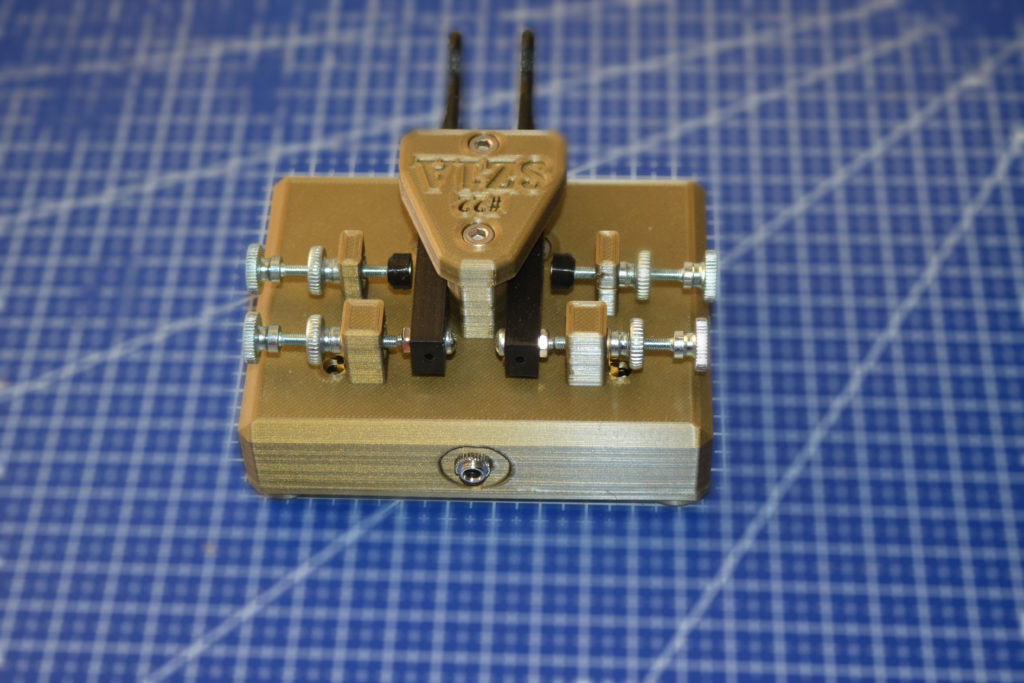
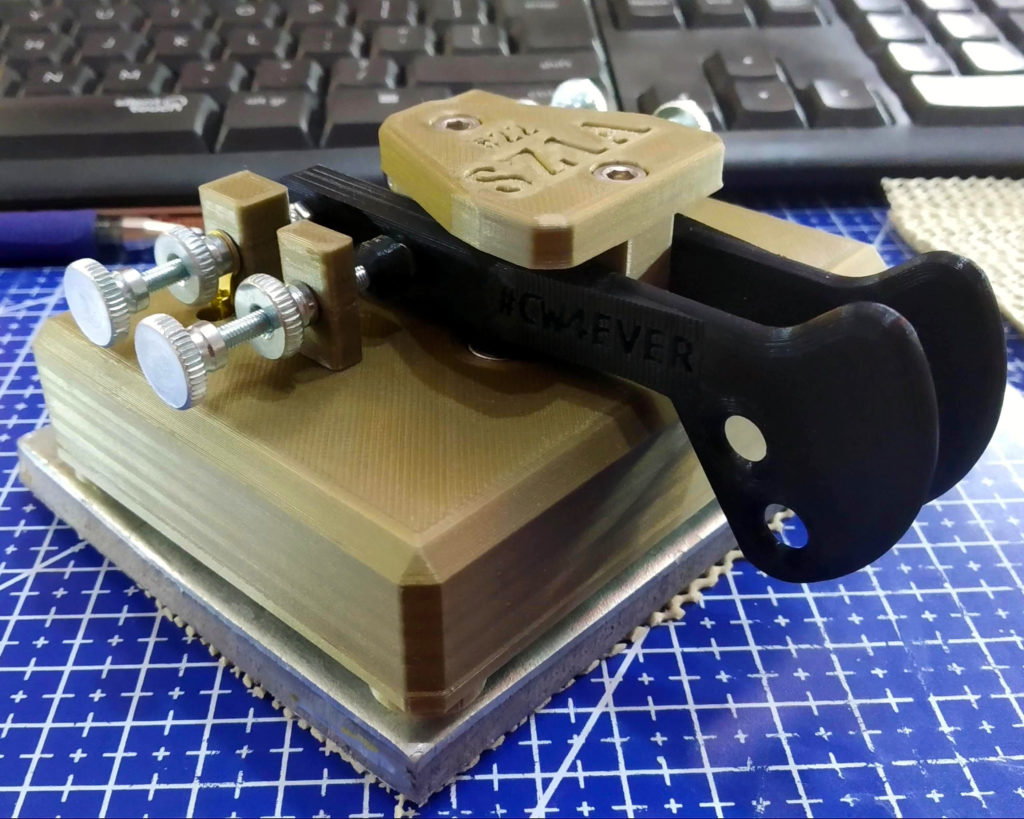
We used the keys during the CQ WPX CW 2021 contest. Everyone’s impressions were more than positive. The keys served 100% of the purpose for which they were purchased. Everyone agrees that their value for money is absolutely excellent. They can definitely not be compared to keys that cost maybe ten times more. However, they are very good and look good in the shack too, which is always important to most Radio Amateurs. They also seem to be quite durable.
Everyone’s impressions were more than positive. The keys served 100% of the purpose for which they were purchased. Everyone agrees that their value for money is absolutely excellent
Some have already expressed interest in buying one. There are reservations about the contacts: it is just a screw, neither platinum nor gold. Ok, well it’s just a screw, so if it breaks at some point you can replace it easily and at almost zero expense. One observation is that although the metal base does not move, the key does in some cases. This happens when sending under high speed and the stress of the operator is greater, they may exert more pressure, moving the key. The operator may feel more comfortable by securing the key by holding it with their hand, otherwise, it may move a little and you might miss a dot. You will see in the video that this happens sometimes but not always…
To solve this issue entirely we will add 1-2 neodymium magnets more, so that it is secured even more to the base and it will be perfect!
